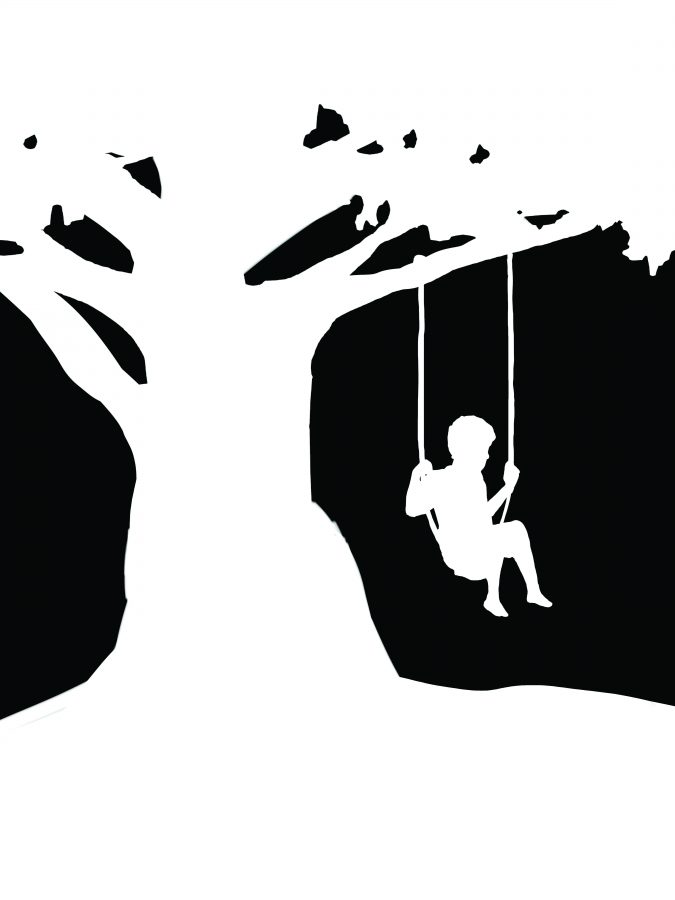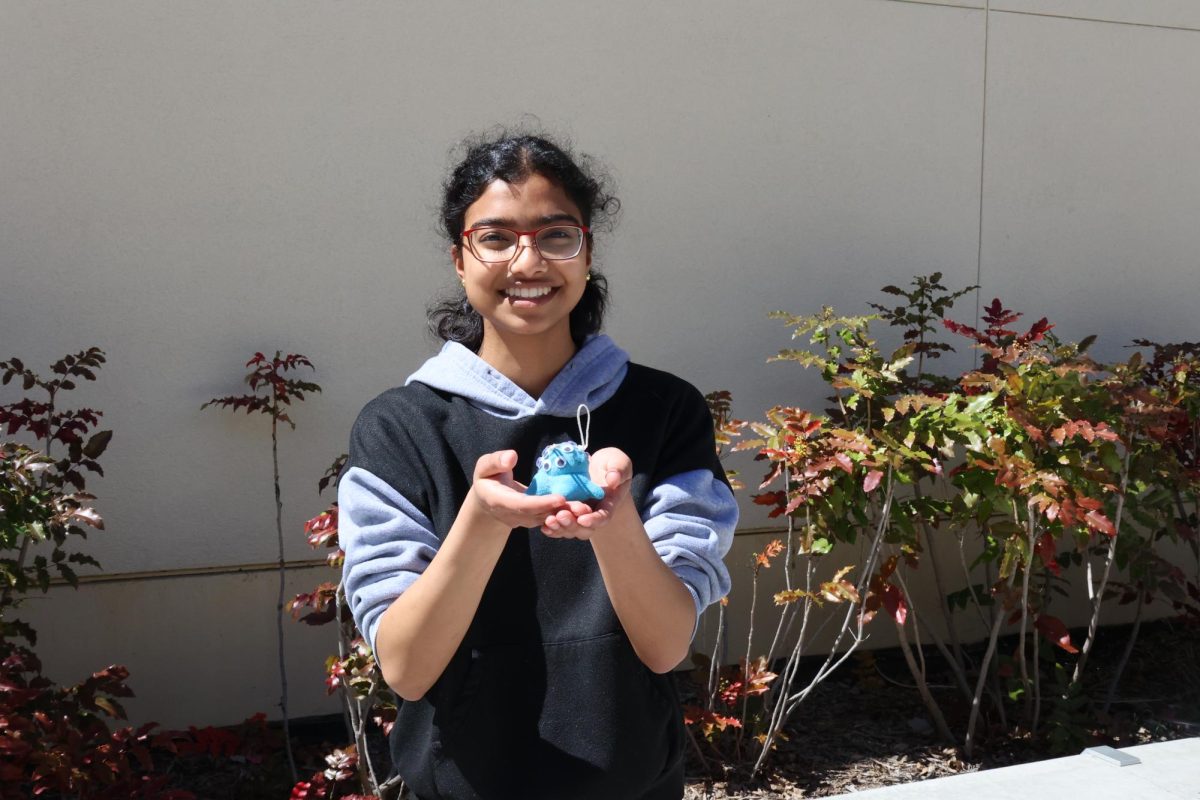Written by Shawna Chen and Klaire Tan
Thirty two days ago, concerns over student mental health peaked when the Palo Alto community learned that junior Cameron Lee committed suicide. Lee’s death came three weeks after the suicide of Gunn alumnus Quinn Gens. While the most immediate question was, “Why?” a larger concern hung in the air. Was there something with Gunn? Parents flocked to meetings, online forums and even the comment sections of the Palo Alto Weekly trying to find an answer.
What the community must remember, however, is that mental health is an extremely complicated issue. According to Dr. Meg Durbin, M.D., there is rarely a clear underlying cause for student stress and depression. “When somebody is depressed or even gets to the point of actually taking their life, the reasons are virtually always multifactorial. There are so many factors that go into it,” she said. “What events actually push someone over the edge? Hard to say. It’s different for each person. We all would love to have a simple explanation and a single explanation when this happens, and that’s just usually not the case.”
The Gap Between Appearance and Reality
With the community still reeling, Durbin encourages everyone to “be more honest, more inquiring and more supportive.” Understanding the mental state of Gunn students, however, can be more difficult than some may think.
Site Council member Jyothi Sahdev, the mother of a Gunn junior, believes that the community is well informed on how Gunn students are doing. “There are lots of surveys which are done to examine how our children are doing,” Sahdev said. “I think the community feels that it is unusual for a student to reach such a low point. I also feel that the majority of students at Gunn do not reach such low points.”
Yet, many students have, in fact, hit low points in their lives, according to junior Grace Park. “Not everyone shows that they’re upset or depressed,” she said. “Some pretend to be all right when they aren’t and noticing that difference is hard—at school or at all.”
This idea of facades can be true for many students, who conceal their true emotions when surrounded by peers. In truth, some have experienced desolation to the point of considering extreme measures. In a California Healthy Kids Survey conducted in the school year 2011-2012, 10 percent of juniors and 9 percent of freshmen answered “Yes” to planning methods of attempting suicide in the last 12 months.
According to Durbin, it is common for teenagers in particular to hide their true feelings because they seek acceptance from their peers and are particularly well-attuned to social behavior. “People can have a thick veneer that can look happy even when they’re not. You don’t really know somebody just because you’ve glanced at them,” Durbin said. “Kids in particular, I’d say, are so careful about being accepted and part of a crowd, so it’s really hard to let down your guard and admit when there’s something wrong.”
Gunn’s Academic Culture
Since November, concerns over academic stress have arisen, Community members have offered proposals that include restrictions on AP classes and tighter regulations during the class-selection process. However, Park believes that academic stress is not necessarily caused by the number of classes one takes; instead, she attributes it to a culture of unhealthy competition. “The problem is that you walk into a class after a test and the first thing you hear is: ‘How did you do on the test?’ or people bragging about their scores or people just genuinely being competitive to the point where they put [other] people down,” Park said. “It ultimately comes down to how the students decide to change the way they treat their peers.”
During his years at Gunn, Assistant Principal Tom Jacoubowsky has noticed that this environment leads to a fear of being seen as inadequate or slow. Because of this, students choose not to speak up in class or ask questions even when they struggle with the material. “Even if the majority of the class wants the teacher to go over the problem again or give another example, students [say], ‘We’re good,’ because they don’t want to be perceived as weak,” Jacoubowsky said. “So the teacher goes, ‘I guess everybody gets it,’ and moves along. We literally have academic peer pressure.”
This pressure affects the number of classes students take. “When you see this kid taking a number of classes, you think, ‘I can take it, too,’” Jacoubowsky said. “And then the kids who should only be taking take two or three AP’s end up trying to take five because they want to keep up with their peers.”
On the other side of the spectrum, high-achieving students experience pressure of a different kind. “When everyone builds you up to be perfect, it’s even harder to go to someone for help,” Park said. “When you’re in that position at the top of your class, or the top of whatever you’re doing, it becomes so much harder to ask for help and so much harder to fail, and you can feel you’re worthless no matter how many people say you’re perfect, how many straight A’s you get.”
Flaws Within The System
Counseling and other student services play a critical role in understanding student concerns, ranging from course selection to stress. As much of an emphasis the staff places on being supportive of students, alumnus Rebecca Alger felt her condition of depression was not properly taken care of.
When Alger was diagnosed with depression after her mother’s death, the then sophomore “didn’t know how to [approach]” teachers. She asked her guidance counselor to send her teachers an email with a doctor’s note explaining her condition. However, though her counselor welcomed her with “open arms,” Alger only had one teacher even bring up the fact that her guidance counselor had emailed them. “I was scared of going back to school junior year because I felt that the teachers didn’t care,” she said.
One way Alger believes Gunn can improve its response to student need is to develop guidance instruction and training programs for teachers because often, teachers’ reactions, or lack of reactions, can exacerbate circumstances. “It’s things like that, small situations like that, that can be like snowballs going down a mountain,” she said. “They keep getting bigger and bigger and the situation just continues to get worse.”
Finding Help
Pulling strength from multiple sources is crucial to managing stress or depression. Park encourages students to find communities within their activities and surroundings. Personally, Park found friends who understand her concerns through activities such as Model U.N., SEC and speech and debate. “We underestimate how much friends and family and extracurriculars can affect us, and at the same time, we underestimate how much they can help us,” Park said. “You have to actively search out people who you care about you, and sometimes it takes courage.”
In addition, Durbin and Sahdev recommend students to always consider guidance counselors as a potential outlet. “I understand that students may not really know their counselor, but they are very well-trained to help students with personal problems,” Sahdev said. “Students tend to use counselors for college guidance only, but even [when] students feel as if they don’t have a relationship with their counselors, they should seek a counselor or even a teacher they feel close to who can in turn help them get the appropriate help.”
Jacoubowsky believes that allowing oneself to be happy and enjoy the little things will help students lead a balanced life. “We keep delaying being happy and happiness isn’t always necessarily money, not necessarily having material possessions, but just enjoying the moment you’re in,” Jacoubowsky said.














